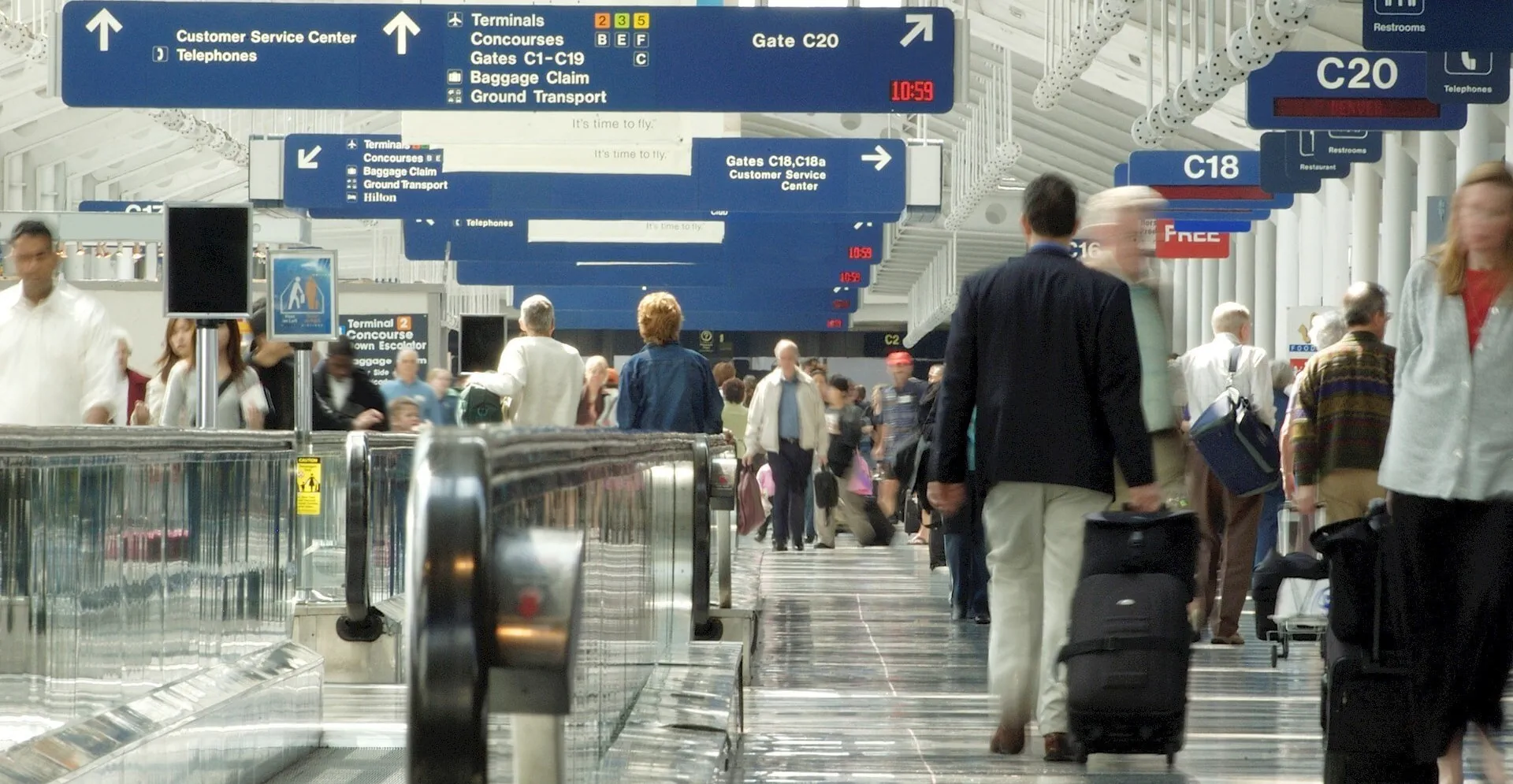Are airport executives and management teams, recruited and organized primarily to operate existing assets, properly equipped to deliver massive capital expenditure?
The 2019 Federal Aviation Administration forecast predicts U.S. carrier domestic passenger growth over the next 20 years to average 1.8% annually. Growth in international revenue passenger miles flown from US airports is also forecasted to grow on average 3% per year over this same period. Across the US, airports are responding to this forecast passenger growth, launching expansion programs to future proof their facilities.
A key decision facing these airports is which delivery method will suit them best. What factors should they consider in making this critical decision?
Controlling the Outcome
The Spearin Doctrine of 1918 established a clear link between owners commissioning design and construction work and their liability for the accuracy of that design. Recognizing the benefits of allocating risk to those best equipped to manage it, collaborative delivery methods evolved that allow Owner organizations to assign this responsibility and liability contractually to best suit the needs and desires of the Owner organization. But with risk transfer comes a certain loss of design control.
The success of major airport expansion programs will likely be measured as much on subjective measures such as enhanced curb to gate passenger experience as they will on increased gate capacity and plane turn-around times. Should third party architects and designers be given free rein to design in these intangible outcomes, or should the airport owner play a key role and maintain design control? Clearly it is a question each airport executive needs to consider in choosing a delivery method.
Managing the Contract
Procuring major contracts in any heavily regulated sector is challenging and time consuming. Some airport owners will carry expert procurement and contract administration staff, some will have support from their City in managing this effort. Some will need to rely heavily on the support of externally sourced PMOs and management consultants. Owners may opt for a delivery method which bundles design and construction under a single entity, to benefit from reduced procurement effort, savings in administration of a single contract and fewer interfaces and communication routes to manage. Anecdotal evidence suggests alternative project delivery methods also support greater collaboration and, when administered correctly, typically result in fewer change requests/claims.
Speed of Delivery
Often airports must expand to meet an unmovable deadline, as for example LAX must do ahead of the 2028 Olympics coming to town. In almost all cases, time is critical when delivering airport construction works in a live operating environment. In 1999, Penn State teamed up with the Construction Industry Institute to review the performance of various delivery methods and found Design Build to be on average 6% more cost effective but also 33% faster from concept through handover (and 12% faster during construction) compared to Design Bid Build. When time is money, can an airport executive forego control of the design detail to achieve a faster completion?
Cost Considerations
Airport expansion is an expensive undertaking.
- O’Hare International Airport – O’Hare 21 - $8.7 billion
- Los Angeles International Airport Refurbishment - $14 billion +
- JFK Airport Modernization - $10 billion
- San Francisco International Airport, Terminal 1 Refurbishment - $2.4 billion.
Funding sources are complex and varied. Therefore, early cost certainty can be at least as important as the bottom-line number. In traditional Design-Bid-Build delivery, the owner does not obtain cost certainty until the design is complete and the Owner receives contractors’ bids. Estimates can be prepared, but with complex long duration projects it is difficult to predict the markets response to a Request for Proposals.
Design-Build provides a lump sum price very early in the process, well ahead of design completion. Construction Manager at Risk and Progressive Design Build work towards agreement of a Guaranteed Maximum Price typically before design completion. The contractor undertaking work under these collaborative delivery methods will aim to design to cost. This is a subtle but fundamental difference in that a traditional project will have the contractor cost the design.
In summary
Airport executives have many decisions to make in progressing a capital investment program. Which delivery method to adopt will need to reflect the management team’s capability and capacity, their desire to remain engaged in the design process against their appetite for retaining design risk. This must then be off set against the relative importance of cost efficiency, cost certainty and delivery schedule. The figure below applies a traditional traffic light method to summarize the relative merits of the methods considered here.








